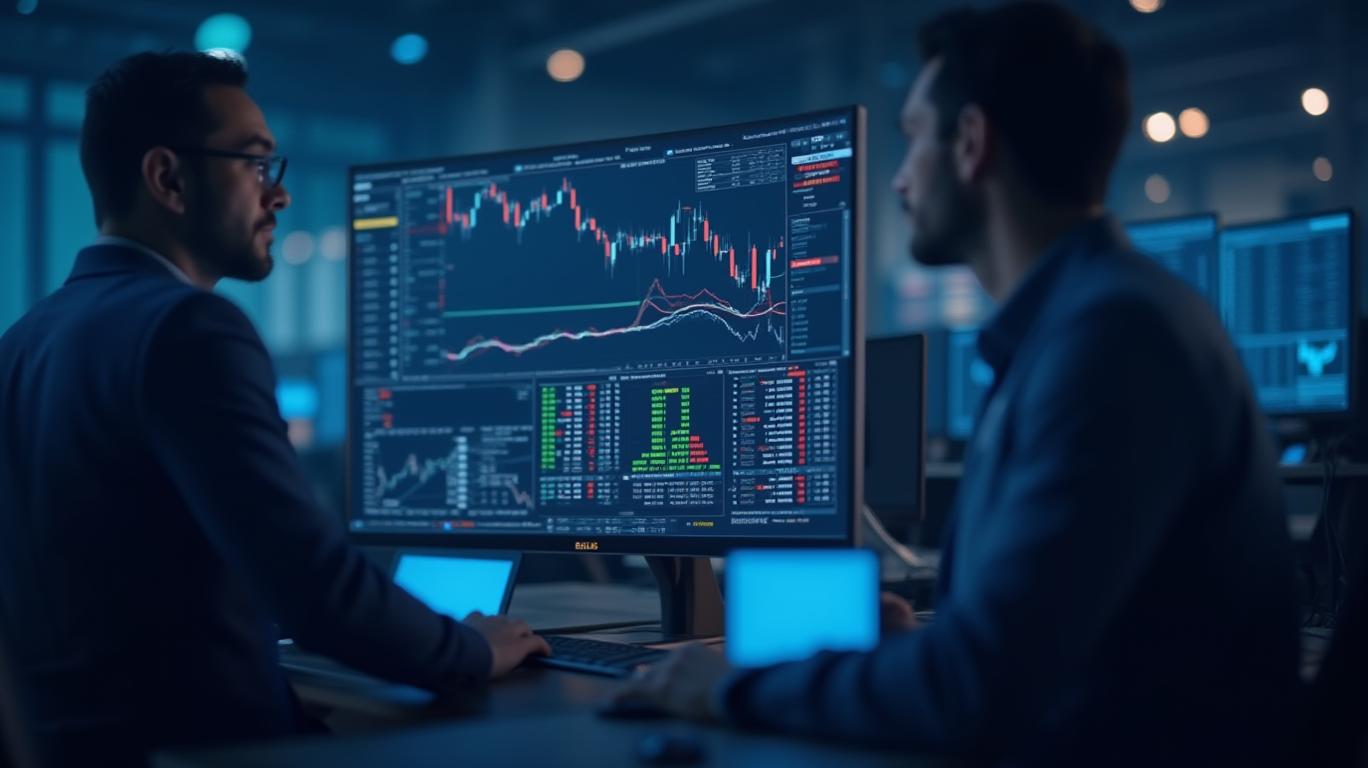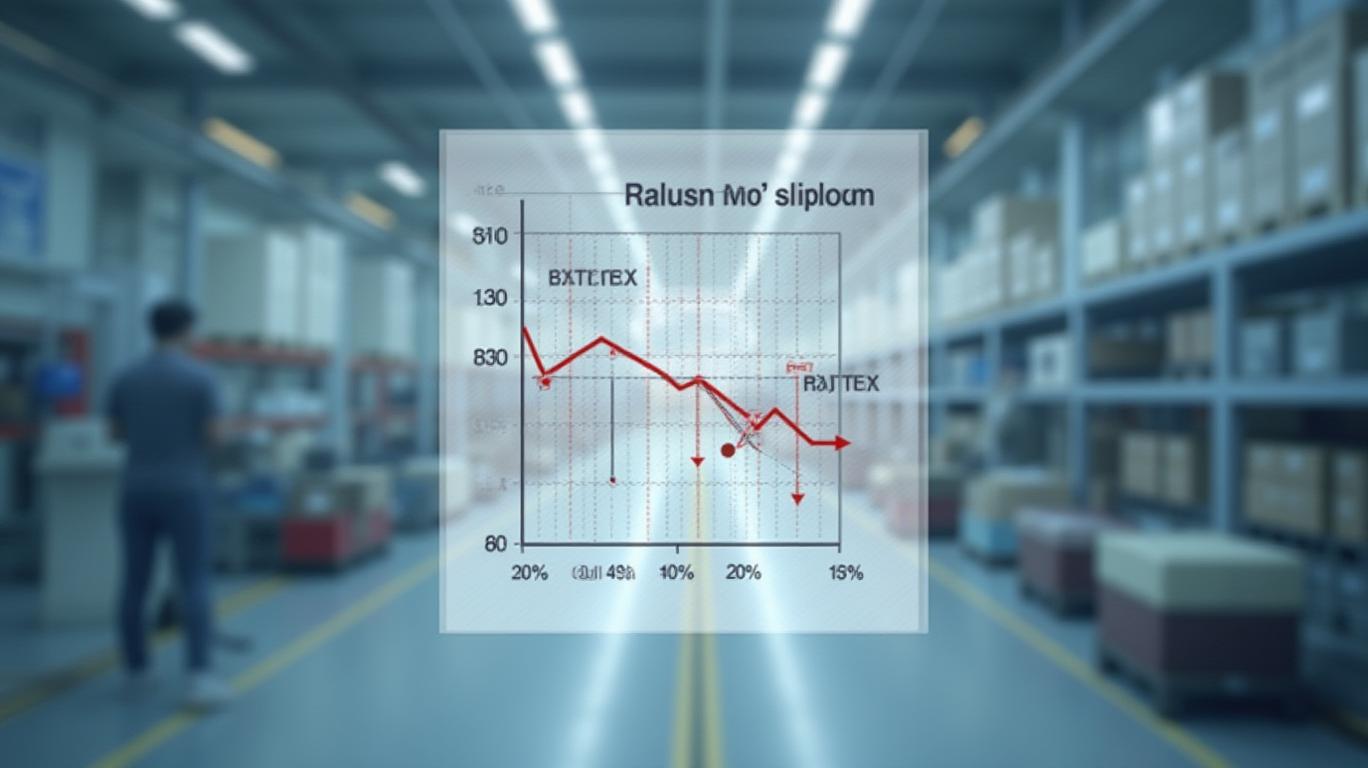Navigating the Storm: South Korea's Auto Tariff Challenge and Investment Implications
The U.S. imposition of 25% tariffs on South Korean auto imports in April 2025 has sent shockwaves through global trade corridors, with Seoul now racing to secure a resolution amid high political stakes and economic urgency. The immediate impact is stark: South Korean auto shipments to the U.S. fell by 6.5% year-on-year in the first 20 days of April, contributing to a 14.3% overall decline in exports to America. This article explores the investment implications of these negotiations, the strategies at play, and the risks investors must monitor.
The Auto Tariff Crisis: Immediate Fallout and Negotiation Dynamics
The tariffs, part of the Trump administration’s “reciprocal tariffs regime,” aim to address a $55.7 billion U.S.-South Korea trade deficit. South Korea’s delegation, led by Acting President Han Duck-soo, has prioritized a “win-win” deal, leveraging Hyundai’s $21 billion pledge to invest in U.S. manufacturing as a key bargaining chip. This strategy aligns with the White House’s “America First Investment Policy,” which ties tariff relief to direct economic contributions.

Hyundai’s stock has fluctuated amid tariff uncertainty, underscoring investor sensitivity to trade developments. A resolution could stabilize its valuation, while prolonged disputes risk further declines.
Beyond Autos: The Broader Trade and Strategic Play
Negotiations extend beyond tariffs, encompassing energy, defense, and technology alignment:
1. Energy Collaboration: South Korea aims to boost purchases of U.S. liquefied natural gas (LNG), including participation in Alaska’s LNG pipeline project. This aligns with Seoul’s goal to reduce reliance on Russian energy and diversify supply chains.
2. Defense Cost-Sharing: U.S. demands for increased contributions to host驻韩美军 (U.S. troops in South Korea) could be tied to tariff concessions.
3. AI and Semiconductor Coordination: Aligning with U.S. export controls on advanced chips—critical for AI systems—remains a secondary but significant point of discussion.
The widening trade gap highlights the scale of adjustments needed. A deal that reduces the surplus by even 10% ($5.6 billion) could ease U.S. pressure but requires structural changes.
Political and Economic Risks
- South Korea’s Leadership Transition: Snap presidential elections in June 2025 could upend current negotiations. The frontrunner, Lee Jae-myung, may renegotiate terms or shift priorities, introducing uncertainty.
- Semiconductor Tariffs: The U.S. is investigating potential tariffs on South Korean semiconductors, which account for 8.2% of South Korea’s 2024 U.S. exports. Such a move would compound economic pain, as the Bank of Korea warns of potential negative GDP growth in early 2025.
- Global Supply Chain Disruptions: Prolonged tariffs could disrupt AI and EV supply chains reliant on South Korean HBM chips and lithium batteries.
Investment Considerations and Opportunities
- Auto Sector: Hyundai and Kia’s U.S. production expansions—targeting 1.2 million units annually—present opportunities for investors in manufacturing equipment and EV infrastructure.
- Energy and Infrastructure: Firms involved in LNG projects (e.g., ExxonMobil, Chevron) or South Korean steel mills (Posco Group) may benefit from increased U.S. investment.
- Tech and Defense: Companies aligned with AI chip production or U.S.-Korea defense partnerships (e.g., Lockheed Martin, Samsung Heavy Industries) could see demand rise.
Conclusion: A Delicate Balancing Act
While a “speedy solution” to auto tariffs is critical, investors must weigh both the potential upside of a deal and the risks of failure. A successful negotiation could stabilize trade, boost corporate investments, and support South Korea’s GDP—already pressured by a 14.3% export decline. However, unresolved issues like semiconductor tariffs, political instability, and global supply chain fragility pose significant hurdles.
The stakes are clear: a resolution could ease market volatility and unlock value in sectors tied to trade normalization. Conversely, a breakdown risks further economic contraction and geopolitical strain. Investors should monitor and U.S.-Korea trade data closely, while prioritizing firms with diversified supply chains and direct exposure to bilateral agreements. The path forward remains fraught, but the incentives for a deal—economic survival for South Korea and political capital for the U.S.—make a negotiated outcome more likely than a trade war.
In the words of one South Korean minister: “This is not just about cars—it’s about the future of our economic relationship.” Investors would do well to heed that warning and prepare for the storm.










